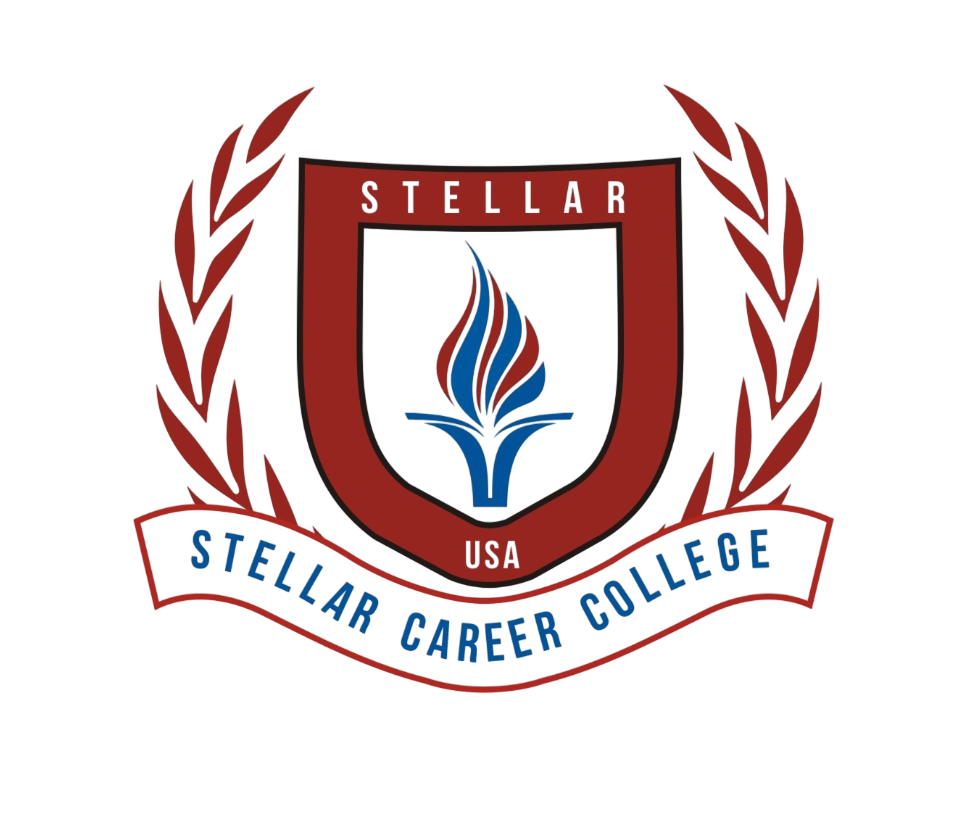
Magnetic Resonance Imagery – New Developments
Magnetic Resonance Imagery (MRI) has transformed the way medical professionals diagnose and monitor patient health. Unlike traditional imaging methods, MRI provides highly detailed, non-invasive views of internal structures, making it indispensable in modern medicine. Recent years have seen remarkable advancements in MRI technology, leading to faster scans, clearer images, and expanded diagnostic applications.
New Developments in MRI
One of the most exciting breakthroughs in MRI involves higher-resolution imaging. These advances allow clinicians to detect subtle abnormalities earlier, particularly in neurological and cardiovascular cases. Additionally, artificial intelligence and machine learning are being integrated into MRI systems, enabling automated image analysis and improved diagnostic accuracy.
Another major development is functional MRI (fMRI), which provides real-time mapping of brain activity. For example, researchers now use fMRI to study conditions such as Alzheimer’s disease, epilepsy, and depression. This has opened new pathways for both treatment and understanding of neurological disorders.
👉 Explore detailed MRI research on TheScientist
👉 Explore Stellar Career College Training Program
Why This Matters for Healthcare Students
For students pursuing a career in healthcare, staying updated on imaging technology is essential. As a result, understanding MRI developments not only enhances clinical knowledge but also increases employability in hospitals, clinics, and research labs. Medical imaging is a growing field, and professionals with expertise in MRI are highly sought after.
How Stellar Career College Prepares You
At Stellar Career College Chicago, our healthcare programs emphasize both theory and practice. Moreover, students gain exposure to the tools and methods used in imaging, patient care, and laboratory work. While MRI specialization requires advanced training, our foundational programs prepare students for careers where imaging knowledge is a critical advantage.
Conclusion
Magnetic Resonance Imagery continues to evolve with new research and innovations. By learning about these developments, healthcare students and professionals alike can better appreciate the role MRI plays in advancing patient care.

